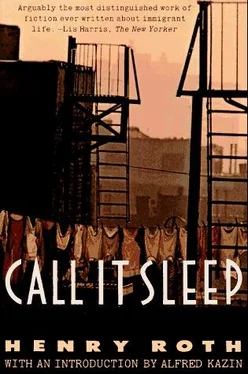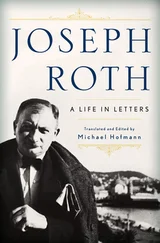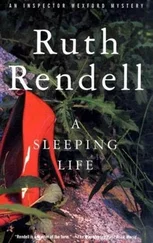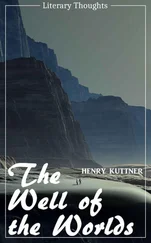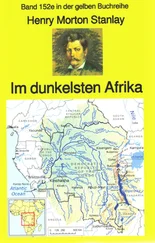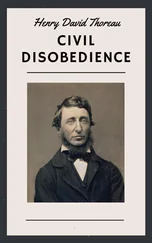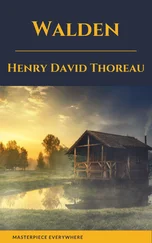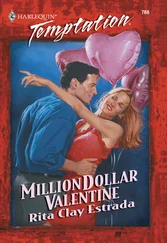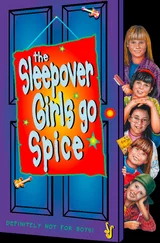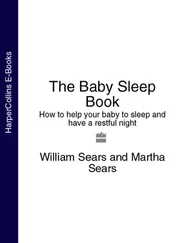The felt presence of an absent source language, then, which occasionally makes the English text read as if it were a translation, is conveyed in a number of ways: by explicit attribution of phrases as Yiddish in “reality”; by selective reproduction of Yiddish phrases; by English rendered in Yiddish dialect; and by references to English culture as if it were an intrusion into the main cultural environment of the text. Before looking at intertextual elements from Jewish culture, we need to examine three other strategies for conveying the multilingualism of the text and its cultural world: interlingual homonyms, self-embedding, single-word cultural indicators.
In the first instance, English words are perceived to be homonyms for Yiddish words, and are therefore either accidentally or deliberately misunderstood. When David hears the word “altar,” he thinks it means “alter,” the Yiddish for “old man.” When his aunt announces that her dentist is going to relieve her of pain by using cocaine, the others hear “kockin,” the Yiddish equivalent for defecating (160). And Aunt Bertha herself plays on the similarity between the “molar” which her dentist is going to extract, which she pronounces as “molleh,” and the Yiddish word for “full,” to invent a vulgar pun. “I am going to lose six teeth. And of the six teeth, three he called ‘mollehs’. Now isn’t this a miracle? He’s going to take away a ‘molleh’ and then he’s going to make me ‘molleh’” (160). David makes the mental note that “Aunt Bertha was being reckless tonight.”
In the case of self-embedding, a word, phrase, symbol, or archetype which is actually in English is imported into the dialogue and rendered as verbal transposition of Yiddish into English; this English element appears foreign, as “other” within the rest of the English text. Here is an example in a dialogue between Aunt Bertha and David’s mother Genya:
“I’m not going to the dentist’s tomorrow,” she said bluntly. “I haven’t been going there for weeks — at least not every time I left here. I’m going ‘kippin’ companyih!”
“Going what?” His mother knit her brow. “What are you doing?”
“Kippin’ companyih! It’s time you learned a little more of this tongue. It means I have a suitor.” (163)
Finally, occasionally a single word, because it has no referent in the home culture, evokes the entire alien culture. This is true of the word “organist” when David overhears his mother and aunt speaking in Yiddish. “What was an ‘orghaneest’? He was educated, that was clear. And what else, what did he do? He might find out later if he listened. So he was a goy. A Christian … Christian … Chrize. Christmas. School-parties” (196). The word “altar” also functions as one of these single-word indicators, as well as a homonym. In fact, in each of the above three types of bilingual strategies, there is a conflict of cultures, for obviously both the Church and romantic courtship are alien to much of the Eastern European Jewish world of the turn of the century.
The absent home language, then, is an exacting and even persecuting presence as it turns David’s Americanness, through English, into an agent of the “other.” This is developed further in the motifs that accompany the other “Jewish” languages in the text. The most complex and significant instance of diglossia in the book is the infiltration of Hebrew and Aramaic, of loshn-koydesh, for David is bilingual when it comes to Yiddish and English, but diglossic when it comes to the sacred languages used only in connection with liturgical texts. In David’s cheder class he is introduced to Hebrew, first through the learning of the alphabet which is reproduced in the text, and then through the study of a passage from Isaiah recounting the angel’s cleansing of the prophet’s lips with a burning coal. Roth solves the problem of the reader’s incomprehension of the transliterated passage by having the rabbi explain it to the children in Yiddish, which appears in the text in English, thus by translation twice removed: “But when Isaiah saw the Almighty in His majesty and His terrible light — Woe me! he cried, What shall I do! I am lost!” (227). David identifies the fiery coal with an object in his own natural environment, and therefore with the possibility of revelation in his own life. This is communicated in quoted interior monologue: “But where could you get angel-coal?… Hee! Hee! In a cellar is coal. But other kind, black coal, not angel coal. Only God had angel-coal. Where is God’s cellar I wonder? How light it must be there” (231). As the cellar has previously been the dark place which David fears, particularly because it is associated with the children’s sexual games, David is now faced with the sacred and the profane in one image.
Since David does not understand Hebrew, the Aramaic passage is functionally the same as the Hebrew one, another aspect of loshn-koydesh: it introduces him to a popular and significant document in Jewish culture, namely one of the concluding songs of the Passover seder, Ḥad gadya. Roth gives the reader who is unfamiliar with the Passover liturgy the translation of the song by having the rabbi ask, “Who can render this into Yiddish?” David responds with the last stanza which repeats all of the preceding ones: “And then the Almighty, blessed be He … killed the angel of death, who killed the butcher, who killed the ox, who drank the water, that quenched the fire, that burned the stick, that beat the dog, that bit the cat, that ate the kid, that my father bought for two zuzim. One kid, one only kid!” (233).
Although the reader is provided with translations of these two texts, in one case a loose paraphrase and in another an exact translation, the significance of these passages is clear only when they are perceived within both Jewish and Christian tradition, for they reappear in the final brilliant mosaic, chapter XXI. Both passages are associated with the spring, with Passover, and with the theme of redemption. In Ḥad gadya the lyrics are cumulative, as the song runs through a hierarchy of power with each succeeding element overpowering the preceding one, until it reaches an omnipotent god. The kid is purchased for slaughter and ceremonial feasting, to recall the slaughter of the paschal lamb by the Hebrews in ancient Egypt, providing the blood on the doorpost to identify the Hebrew homes for the Angel of Death to pass over during the smiting of the Egyptian firstborn. The one only kid about whom David sings is David himself, an innocent sacrifice either for his parents’ “sins” (mother’s affair with a Gentile and father’s passive witness to his father’s death) or for those of the tough technological and vulgar city in which he finds himself. But as the languages of the climactic chapter indicate, he is also that other paschal lamb, namely Christ. Two cultural traditions, in some sense complementary and in others oppositional, coexist in this section, as they do in David’s and Roth’s world.
The Book of Isaiah prophesies redemption through the coming of the Messiah. In Christian hermeneutics, it is read as prefiguring the birth of Christ. Moreover, in Christian tradition, Easter is linked with Passover, with the Crucifixion, with redemption through the sacrificial offering of the one only kid, Christ himself, the sacrificial lamb who takes the sins of the community upon himself. In historical terms, Easter was also when tensions between the Jewish and Gentile communities were at their height in Eastern Europe, often taking the turn of blood libels and pogroms. All of this is eventually evoked in the final scene, when the multilingualism and biculturalism are placed in social, historical, religious, and psychological contexts.
Читать дальше
